by John Herrick
Colorado Independent
The 31-year-old takes the helm at a time when water scarcity and economics pose major challenges to western farmers
Kate Greenberg, 31, has spent most of her adult life advocating for agriculture, a calling that’s taken her from farmers’ kitchens in the rural West to the halls of the Capitol in Washington, D.C. When Gov. Jared Polis selected her as Colorado Department of Agriculture commissioner in December, Greenberg became the first woman in state history to serve in that role.
Greenberg, who now lives in Durango, grew up in Minneapolis and later moved to Washington, where she graduated from Whitman College with a degree in environmental studies and humanities. It was in college when she developed an interest in agriculture. In 2013, she was named western program director for the National Young Farmers Coalition, a New York-based nonprofit that lobbies for sustainable agriculture and helps young farmers find affordable land. In 2016, she won the Western Resource Advocates’ “Emerging Leader Award.”
As Colorado’s ag chief, she oversees 300 employees across eight divisions, including the state fair and plant and livestock health. She takes the job, which paid $167,000 last year, according to the Denver Business Journal, at a time when climate change and water scarcity pose major challenges to western farmers.
She does not view her age, gender or urban roots as barriers in her new role. She believes her willingness to listen is more important than where she comes from. “I see people with struggles. And I have compassion for their struggles. And I have an interest in understanding how we can provide services to alleviate what they’re up against,” Greenberg said.
The Colorado Independent sat with Greenberg in her Broomfield office, the department’s headquarters. We talked about how she’s settling into the new digs, her history of sleeping overnight in her car, and what challenges to farming in Colorado keep her up at night.
The following transcript of our conversation, which included a phone interview, was edited for clarity and length.
The Independent: You’re the first female commissioner for the Department of Agriculture. What has the reception been like?
Greenberg: Overall really positive. … I am among at least 13 women holding this position across the country, which I believe is the highest number to date. It’s been so exciting to be out meeting young women in agriculture — exemplifying, illustrating and hammering home that ag is a place for women to be in leadership positions.
The Independent: As a woman trailblazer, what has the culture here been like?
Greenberg: Nothing that has shocked me. I don’t think any woman would be shocked by entering a leadership role. There is always change, and folks deal with it in different ways. I’m just kinda going on as I would. We’ll put it that way. … There has been nothing but support from inside the department.
The Independent: What drew you to farming?
Greenberg: I loved working outside and being outside. I have a love for the land. And until I left Minnesota, I never thought about where my food came from. And once I started thinking about that, it was just a natural next step for me to start the work of growing food, and figuring out what it takes to that. From there I was hooked.
The Independent: Tell me more about your background in farming.
Greenberg: I interned as a student on a draft horse farm. After I graduated (from college), I farmed full-time for a season in western Washington. From there I continued to do seasonal work on farms and in natural resources across the West and northern Mexico. I worked on two winery farms in northern California and volunteered on a farm in Tucson while I was living in Mexico. My other work was in natural resources, so I was managing field programs that focused on the policy and ecology in the Intermountain West. When I lived in Mexico, I wasn’t growing food, I was growing trees. But I was helping to manage a greenhouse operation and restoration field site, which included flood irrigation, seed management, planting, volunteer management, monitoring, etc.

Blue Mesa Reservoir on Oct. 22, 2018. (Photo by John Herrick)
The Independent: At the Colorado Water Congress last month, you said one of the issues facing farmers is mental health. Do you know anyone personally dealing with this issue?
Greenberg: This is something that we worked on at the Young Farmers Coalition. It started with a previous staff member … who published a piece in The Guardian really exposing the mental health crisis across the U.S. in the ag community. That helped spur a dialogue. Our farmers started to mobilize around both state and federal policy that can assist in rural mental health. Around the same time, a member of our Washington Young Farmer Coalition … had died by suicide. And it rattled the entire community. There was actually a subsequent death by suicide in our network, in California, as well. … Of course, the ag department here has the Crisis Hotline. The work that Christi Lightcap and former Commissioner Don Brown and the rest of the team has been doing is not only providing a pathway for Colorado producers to access mental health resources, but also breaking down the taboo of talking about it when you’re struggling. This is a big deal to me — supporting what we started. Growing it. If you’re struggling, it’s not because you’re a failure. It’s because you’re struggling and there are resources here to help you. … Farmers and ranchers pour their lives into their business — life and work and family and land and income are all intertwined in a farm business. For most people, a hail storm means you might get some dents in your car, you might have to pay for some repairs. If a farmer gets a hail storm and it wipes out their crop, that’s their income. … I think it can’t be overstated how much you pour your heart and your sweat and blood into the work, and a single event or a change in the market or a change in federal policy can kinda take you out at the knees.
The Independent: Have you been in that kind of situation?
Greenberg: I’ve always worked for other people. I have never been the one bearing all the decisions, which is a totally different place to be.
The Independent: You’ve worked in the water community and are well aware of the issues facing Colorado in terms of water scarcity. Does that keep up you up at night — the future of agriculture in the West?
Greenberg: That is one deep concern that I bring to this role. Without water, we don’t have much of anything. For agriculture, it is fundamental. I see this as a critical moment of agriculture to be part of the water plan process — the implementation, the funding, how it comes out on the ground. … Essentially what I said [at the Colorado Water Congress on Feb. 1] is that this is a time for agriculture to step up. One reason I’m here is because I don’t take it for granted that we are going to have water for agriculture in the future. With the rate of growth in the Front Range, in urban areas of the Front Range, the trend has been toward ‘buy and dry.’ A lot of the transactions are voluntary and compensated. But farmers should have options. … Climate change is a big — one of the biggest — challenges we face in agriculture, and farmers and ranchers should be at the forefront of dealing with that.
I split time in Denver, and I was talking to folks here who didn’t know we had a drought this last year. I live in Durango, where you step outside and the 416 Fire is burning up, the valley is filled with smoke, we have producers who had to cull their herds because there is not enough forage or hay — hay prices went up — and producers are making the decision, ‘Is this the year I have to call it quits?’ I guess I see that distinction, where you can be buffered in the city and not know we’re in the drought.
The Independent: What is it like living on the West Slope and working over here? How much time to you plan to spend in the Front Range versus the West Slope?
Greenberg: I like to spend as much time in the field as possible. And I have to get to a lot of places I haven’t been yet, like the Eastern Plains. … Home base is Durango. Work is Denver. Fieldwork is statewide. I worked with hundreds of producers and organizations across the state before this job. And I was also kind of living life out of my car before this job. And I thought maybe at some point I would get away from the whole living-out-of-your-car thing but it doesn’t look like that’s going to happen. I’m still going to be out roaming the state.
The Independent: You’ve been known to sleep in your car. Is that still the case?
Greenberg: I haven’t done that for a while. But there have been nights. I usually try to stay with farmers and ranchers who will host me. And have a home-cooked meal. I’m not much for hotel stays.
The Independent: Your walls here are bare. Your ‘Commissioner’s Office’ sign is on the floor. Is that a reflection of being on the road?
Greenberg: I’m not much of an interior designer. Thinking about how to fill my walls has been the least of my priorities.
The Independent: As the ag chief, you’re going to be talking to a lot of traditional farmers, many of whom are older men. How do you find common ground with them, and where do you see challenges?
Greenberg: It’s not really an issue for me at all. If folks want to fixate on differences, that’s fine. But really where I fixate is on what we have in common. There is nothing about my background or my age or my gender that is a barrier to me because I see people as people. I see people with struggles. And I have compassion for their struggles. And I have an interest in understanding how we can provide services to alleviate what they’re up against. I meet people where they’re at. I hope that folks will do the same. That’s what I’m interested in — building relationships and finding common ground.
The Independent: How much do you think Gov. Polis knows about farming?
Greenberg: Together we are excited about Colorado agriculture. … Agriculture has support here in Denver. I am excited, I’m honored, to be able to represent agriculture in this administration — to be a voice for all farmers and ranchers. It doesn’t matter where you come from. No on person can come from everywhere, right? So in order to represent the extent of the industry, it’s not about coming from that place. It’s about can you work with those people? Can you get out in the field and understand how people are struggling? Can you build coalitions and collaborations across differences? No matter where you come from or what your experience is, there are other skills and tools you can bring to build up the industry, to support people and their work, and to make sure the agriculture community knows they are represented here in Denver.
@COindependent on Twitter and @coloradoindependent on Facebook
SPREAD THE NEWS
COMMENT, Like, Follow & SHARE @I70Scout








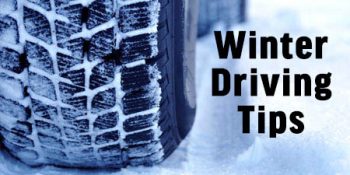

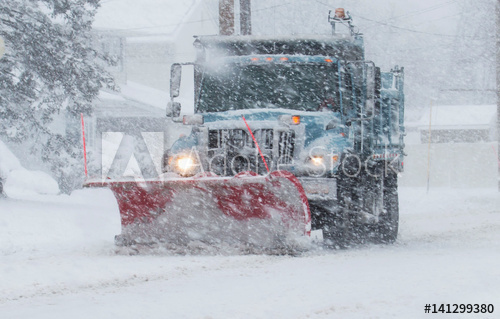


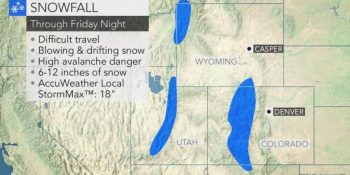
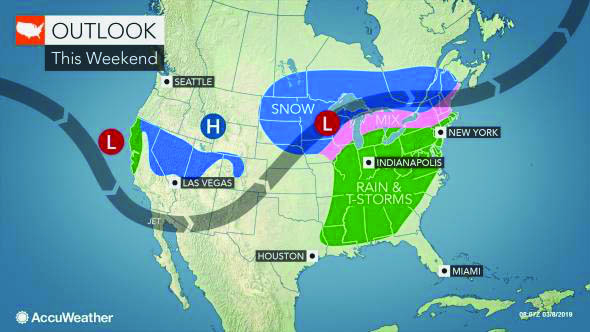
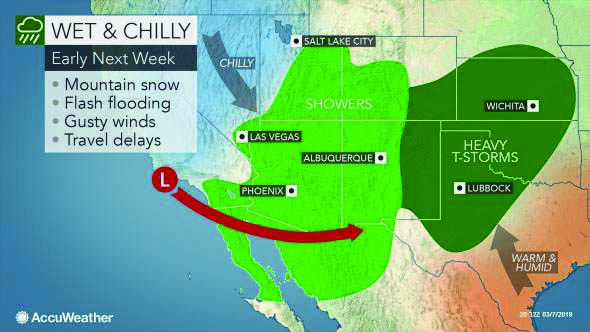

 The study also explored whether delivery complication rates are higher in teaching hospitals, and whether they increase when a new cohort of residents enter teaching hospitals in July, causing abrupt declines in physician experience and coordination between members of the health-care team.
The study also explored whether delivery complication rates are higher in teaching hospitals, and whether they increase when a new cohort of residents enter teaching hospitals in July, causing abrupt declines in physician experience and coordination between members of the health-care team.
